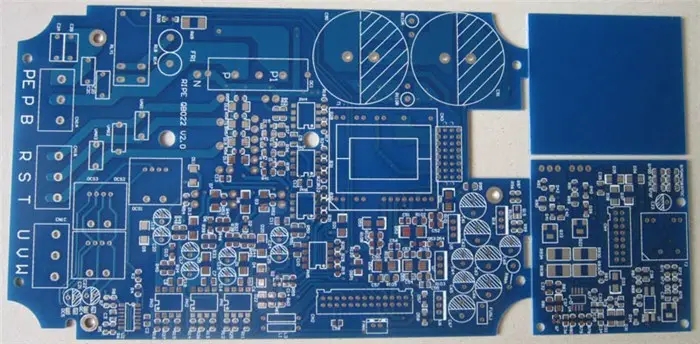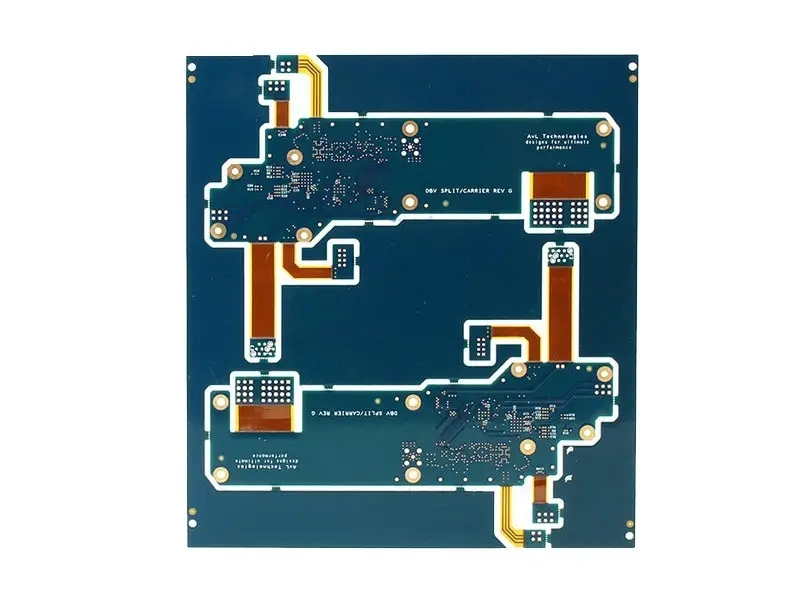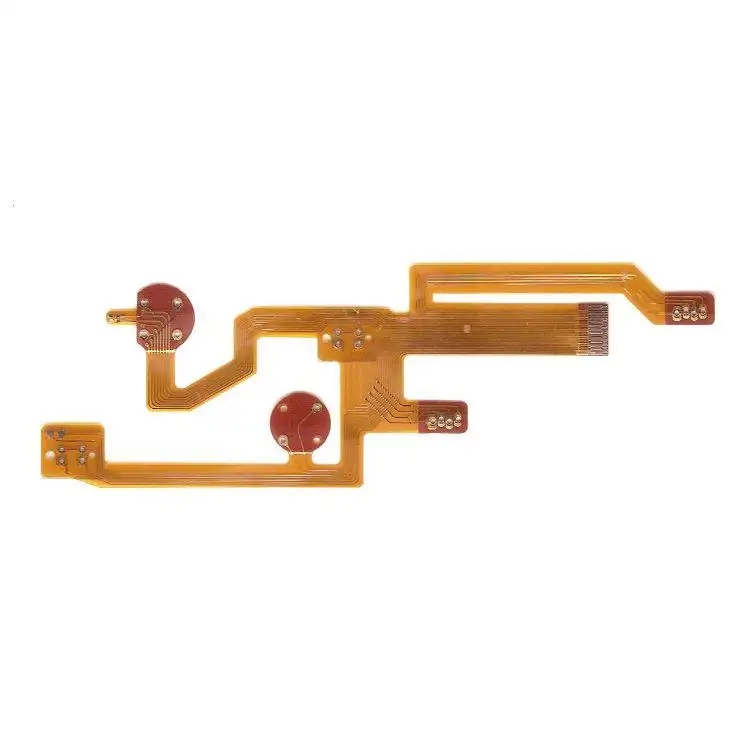
Why is PCB testing required? What are the test methods?
Any designer or builder must implement PCB test methods to achieve ultimate success. By testing the circuit board, you can minimize major problems, find minor errors, save time, and reduce overall costs.
PCB testing is mainly used to alleviate problems in the whole manufacturing process and the final production process. These types of tests can also be used on prototypes or small-scale assemblies, which can help identify potential problems that may exist in the final product.
What is being tested in PCB test
Various components of the circuit board can be tested in various PCB test methods.
Lamination
The lamination quality in a PCB is a critical component. The peel resistance of the laminate is tested by force or heat. Peeling can cause major problems around the final function of the PCB.
copper plating
The copper coating of PCB board must be tested. PCB board is a copper foil laminated on the board. The coating is conductive and shall be tested in detail for quality, tensile strength and elongation.
Weldability
Solderability testing means analyzing the materials on the circuit board to ensure that other components can be securely connected. If it is proved that the circuit board is not solderable, the designer cannot confidently connect other necessary components to the board. This test is performed using wetting.
Hole wall quality
Through the hole wall quality test, professionals can determine whether the hole wall will crack or delaminate when using PCB. This test usually involves rapid temperature changes to evaluate the PCB's response to the thermal stress environment.
Electrical
In order for any PCB to work properly, it must have stable conductivity. The electrical test will determine this by passing the current with the least leakage through the circuit board.
environment
Because PCBs usually work in humid climates, designers must perform water absorption tests on them. The PCB will be weighed by an expert before and after it is introduced into a humid environment. If the weight changes significantly, the PCB has failed.

Cleanliness
Finally, the PCB must be able to withstand all kinds of corrosion, moisture, dirt and other external factors while still operating normally. Experts will test PCB and its resistance to various potential environmental conditions, and analyze before and after each situation.
PCB test method
If you want to know how to test a PCB, you may not realize that there are actually several PCB testing methods. The following board testing methods can help you find various problems, and they are essential processes.
Online test
Online testing requires the use of online testers, jigs and special software. The equipment can be used together to directly interact with the board under test, while the software can guide the system and provide tests for each type of board.
This method is popular because it can identify 98% of faults and test a single component, regardless of any other component it is connected to.
Flying needle test
Flying pin test, also known as on-line test without fixture, can be run without using any customized fixture. Its main advantage is to minimize the total cost of testing, but it is also very simple.
This test uses a jig to fix the circuit board so that the test pin can move and analyze various points, all of which are controlled by the software. It is widely used and can quickly and easily adapt to new circuit boards.
Automatic Optical Inspection (AOI)
AOI test will use one 2D camera to two 3D cameras to capture PCB photos. The program then compares these images with detailed schematics to find defects or mismatches.
AOI can be used to identify early problems to stop production and save time and money. However, experts will never completely rely on AOI just because AOI cannot power up the circuit board and cannot test all part types.
X-ray inspection
Technicians use X-ray inspection (AXI) to locate defects in solder connections, internal wiring, and barrel. With 2D and 3D AXI testing, designers can choose according to the plate at hand - although 3D testing is usually faster.
functional testing
The function test is very simple, because it only tests the function of the circuit. The function test is used at the end of the manufacturing plan. It is connected with the PCB through the test probe point or edge connector to simulate the final environment of the PCB.
Manufacturing Design (DFM)
DFM arranges PCB topology related to manufacturing process. It tests silver and islands, solder bridges, and copper at the edges – everything that can cause short circuits, corrosion, and interference on the circuit board.
DFM testing is often used early in the process to help reduce overall costs and timelines. They use various software programs to maintain their success.
Solderability test
As mentioned earlier, solderability is critical to the PCB construction process. Solderability test will ensure that the PCB surface is strong enough to form firm and reliable solder joints.
PCB contamination test
This test identifies bulk ions that may contaminate the PCB board. These pollutants can cause serious problems, such as corrosion, which should be found and eliminated as soon as possible.
Micro section analysis
Microsection testing will provide a professional understanding of defects, open circuits, short circuits and any other types of faults.
Other functional tests
Other functional tests will determine the behavior of PCB in the final use environment of the product.
Time domain reflectometer
This test, also known as TDR, is used to locate faults on the HF board.
Peel test
Peel test analyzed the strength and resilience of the laminate used on the board. It will determine the amount of force required to peel the laminate.
Solder floating test
The float test uses extreme temperatures to measure the level of thermal stress that a PCB hole can withstand.
conclusion
PCB failure analysis and testing are critical to the success of any product using PCB. PCB performance test methods, PCB component test methods and PCB function test methods are all methods to ensure that your circuit boards and materials work properly
PCB manufacturers, PCB designers and PCBA manufacturers explain why PCB testing is required? What are the test methods?







